How the latest tech is unveiling the brain’s complex functionality
Understanding how our brains work in health and disease is hugely challenging, not least because all interactions have to be performed on a delicate, complex, actively working brain. Magnetoencephalography (MEG) is a powerful non-invasive technique that detects brain function by measuring the magnetic fields produced by the brain’s electrical activity. With this technique, it is possible to study and diagnose many brain functions and mental health disorders. Dr Orang Alem, Dr Svenja Knappe, Dr Jeramy Hughes and their team at FieldLine Medical have developed a novel and wearable MEG device using their quantum sensor technology.
Talk like an applied physicist
Cryogenic — related to the production of very low temperatures
Magnetoencephalography (MEG) — a technique to measure brain activity by recording the magnetic fields produced by the electrical activity of neurons
Neuron — a nerve cell that uses electrical currents to send messages to, from and within the brain
Optical pumping — a process that uses light to raise (‘pump’) electrons to a higher energy level
Optically pumped magnetometer (OPM) — an instrument to measure magnetic fields by manipulating and observing atoms as they interact with this magnetic field
Quantum mechanics — the science that describes how matter and light behave at the atomic and subatomic scale
The human brain is the most complex thing in the known universe, and understanding how it functions has never been easy. Scientists and medical professionals need methods and tools to study the brain so they can understand what happens when things go wrong. The brain’s intricate mesh of electrically active neurons is responsible for how we perceive and act in the world. While powerful technologies to study brain activity do exist, they each have critical limitations, limited applicabilities and high cost. Dr Orang Alem, co-founder and CEO of FieldLine Medical, and his colleagues have applied their physics knowledge to develop a solution to these challenges.
Magnetoencephalography
“Magnetoencephalography (MEG) is a non-invasive technique that detects and records brain function,” explains Orang. “It provides information on the nature and location of neural activity.” MEG technology uses an array of magnetic sensors place around the surface of the head to detect the magnetic fields produced by the electrical activity of neurons. By recording these magnetic fields and observing how they change over time, it is possible to locate and build functional networks of human brain processes.
“MEG is used to fundamentally understand the brain and how it functions,” says Orang. “It helps scientists investigate everything from consciousness to memory, decision-making to learning.” As MEG can be used to observe traits of just about every function of the brain, it is a useful tool for detecting when any of these functions are not working correctly. “This means MEG can assist in diagnosing and monitoring a wide range of brain conditions, such as epilepsy, dementia, depression and traumatic brain injury.”
MEG drawbacks
MEG technology is extraordinarily powerful, but current MEG devices have several practical drawbacks. “Available MEG devices use cryogenic sensors that must be cooled to temperatures of four degrees Kelvin (-269 °C) with liquid helium,” says Orang. “Not only is liquid helium very expensive (it costs hundreds of thousands of dollars a year just to cool the sensors), but the sensors must be heavily insulated to maintain these ultra-low temperatures and to protect the person’s head.” This insulation increases the distance between the sensor and head. Given that the magnetic fields generated by the brain are very weak and that the strength of a magnetic field dramatically decreases with distance from the source, it is important for the sensors to be as close to the brain as possible to detect the magnetic signals.
Cryogenic sensors are also very bulky and not easily adaptable, meaning the cavity in the machine where the patient places their head cannot be adjusted. “Cryogenic MEG devices are designed to fit the largest heads, so anyone with a smaller head is further from the sensors and detection of their brain’s magnetic fields will be poor,” says Orang. “It also means the patient must sit very still during a scan, which is not always possible for infants, children and some adults.” At about the size of a large fridge, cryogenic MEG devices need a large room to operate, and these rooms must be magnetically shielded to prevent interference from outside magnetic signals, such as nearby doors, elevators and passing traffic. “The shielding is very expensive,” says Orang. “It is also very heavy, meaning special facility reinforcement is necessary, which increases the cost again.”
A new technology
The FieldLine team realised their quantum sensor technology could overcome these limitations, so they used it to create a viable alternative. They have developed a wearable MEG device, the FieldLine HEDscan system, which requires no supercooling at all, as it uses a very different sort of sensor. “In our system, the brain’s magnetic fields are measured using an optically pumped magnetometer (OPM),” says Orang. “It uses atoms and the principles of quantum mechanics to detect magnetic fields.” Atoms in the sensor are ‘optically pumped’ to enter a specific quantum energy state that makes them highly sensitive to magnetic fields. The presence of magnetic fields (such as from the brain) will affect these spins in specific ways, depending on their strength and direction, and this change in spin is detected by the sensor. “OPMs are one of the most sensitive methods for detecting very weak magnetic fields,” says Orang. “Outside of medicine, there are many further uses for OPMs, including in magnetic surveying, navigation, materials testing, and geophysics and space applications.”
Accessibility, adaptability, affordability
The FieldLine HEDscan overcomes the issues of standard cryogenic MEG systems. “Our system involves a helmet (the size and shape of a motorcycle helmet) that contains an array of over 100 OPMs,” says Orang. “They can be positioned so that all OPMs are in contact with the head, meaning the device functions equally well for any size or shape of head.” Because it fits onto the head, the device moves with the person, so it is not an issue if they cannot stay still during the scan. And because it is small, it can operate in a small room, so the costs of magnetic shielding are much lower and infrastructure modifications are not required.
Cryogenic MEG systems cost several million dollars, but the FieldLine HEDscan wearable MEG device costs just a fraction of this. “As our system works without cryogenic sensors, there’s no need for supercooling,” says Orang. “In fact, our entire system plugs into a single electrical outlet, and consumes a quantity of electricity equivalent to a toaster!”
Reference
https://doi.org/10.33424/FUTURUM492
All images © FieldLine Medical
With this new invention, Orang and the FieldLine team have dramatically increased the practicality, accessibility and affordability of MEG technology, opening the door to improvements in the diagnosis and monitoring of brain conditions.
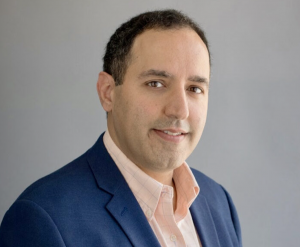 Dr Orang Alem
Dr Orang Alem
Co-founder and CEO, FieldLine Medical, USA
Fields of research: Atomic physics, biomedical engineering
Research project: Developing a wearable magnetoencephalography (MEG) device, the FieldLine HEDscan system
Funders: US National Institutes of Health (NIH), Department of Defense (DoD)
About applied physics
The field of applied physics involves applying theories from physics to any practical applications. For example, Orang and his team have applied theories from atomic physics and quantum mechanics to develop optically pumped magnetometers (OPMs) for healthcare applications. Orang explains more about his career:
“Most of my professional career has been working in industry to develop OPMs and our wearable MEG device. It’s rewarding to create something that’s useful for society. It’s very motivating when people buy what we have developed, because it shows that medical professionals and scientists recognise the value of our invention.
“Founding and running a start-up company is stressful, time-consuming and hard. It’s far from the romantic notion portrayed in movies! Our wearable MEG device contains very complicated technology – it was challenging to develop and test prototypes, but we learnt a lot. In addition, the pandemic impacted global supply chains of electronics which meant we had to adapt our strategy. But the rewards are worth it – we have created an important biomedical device.
“A lot of people say ‘do what you love’. I think it’s far more important to ‘love what you do’. You often don’t get to choose exactly what you work on. As in my case, it often just falls in your lap. My whole professional life has been a series of these sorts of accidents, but as long as you love and embrace the opportunities that come your way, it can be extremely rewarding.
“For a career in applied physics and as an entrepreneur, make sure you understand the subject matter. That gives you enormous power and helps you develop new ideas. Don’t be too narrowly focused – having a general grasp on a range of topics is important. Be flexible in your thinking and be open to changing your mind. Be able to pivot and change your ideas as you learn about what works and what doesn’t.”
Pathway from school to applied physics
At school and beyond, study physics, mathematics and computer science to learn the theories and skills needed by applied physicists. Biology and chemistry would also be useful, as they will introduce you to background concepts to which you could apply your physics knowledge.
At university, a degree in physics or engineering (e.g., biomedical engineering, electrical engineering or mechanical engineering) could lead to a career in applied physics.
Explore careers in applied physics
With a career in applied physics, you could find yourself working in academia or industry. Academic applied physicists investigate the physics theories and scientific principles that can be applied to practical situations, while industrial applied physicists, such as Orang, apply these theories to develop new technologies for commercial use.
Gain work experience in different sectors of physics to learn about the day-to-day work of different roles. Reach out to universities and engineering companies near you to see if they offer opportunities to get involved with their work.
The American Physical Society provides information about different careers in physics: www.aps.org/careers
The International Union of Pure and Applied Physics promotes physics education and outreach: www.iupap.org/strategic-plan/outreach
Meet Orang
I was always that kid who wanted to know ‘why?’. I always wanted to understand the underlying principles and how things worked. At school, I loved and excelled at math and science. I also loved looking at the night sky. It filled me with wonder and so many questions. From a young age, I knew I wanted to be a scientist.
However, with my Iranian background, I felt the cultural pressure to become a medical doctor. So, I went to university to study biology and medicine, but I soon realised that I really didn’t want to be a physician. I enjoyed studying biology, but I wanted to understand the underlying reasons behind what was happening in biology, so I started taking chemistry classes to find out. Then I wanted to understand the underlying reasons behind chemical processes, which led me to physics.
I really enjoyed studying physics because understanding the fundamental basics of science gave me the foundations to build upon. I realised that an understanding of physics and the skills one learns as an experimental physicist can lead to many careers outside of physics or academia. These skills and knowledge help me to solve many problems and develop practical applications.
For my graduate research in atomic physics, I studied and developed different types of OPMs. I started my professional career in industry developing commercial OPM sensors for different applications. Along with my two colleagues, Dr Jeramy Hughes and Dr Svenja Knappe, we decided that we wanted to take the OPM technology that we had developed all the way to build a medical device. This motivated us to found our company, FieldLine Medical, and develop our wearable MEG device. We wanted to build something that would be useful for neuroscience and mental health diagnosis, and which could help millions of people.
Orang’s top tips
1. As a scientist, it is important to have curiosity and a desire to understand why and how things happen.
2. As an entrepreneur, it is important that you can take calculated risks and not be deterred by naysayers.
3. In both roles, teamwork is key. You need to be able to work with other people to turn your visions into reality.
Do you have a question for Orang?
Write it in the comments box below and Orang will get back to you. (Remember, researchers are very busy people, so you may have to wait a few days.)
Many biomedical devices rely on physics to allow doctors to observe inside the human body:
www.futurumcareers.com/how-does-physics-allow-us-to-look-inside-the-body

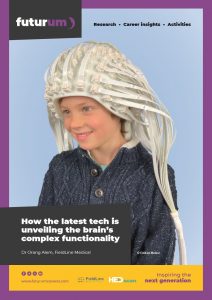
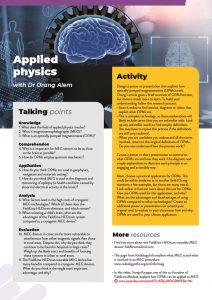
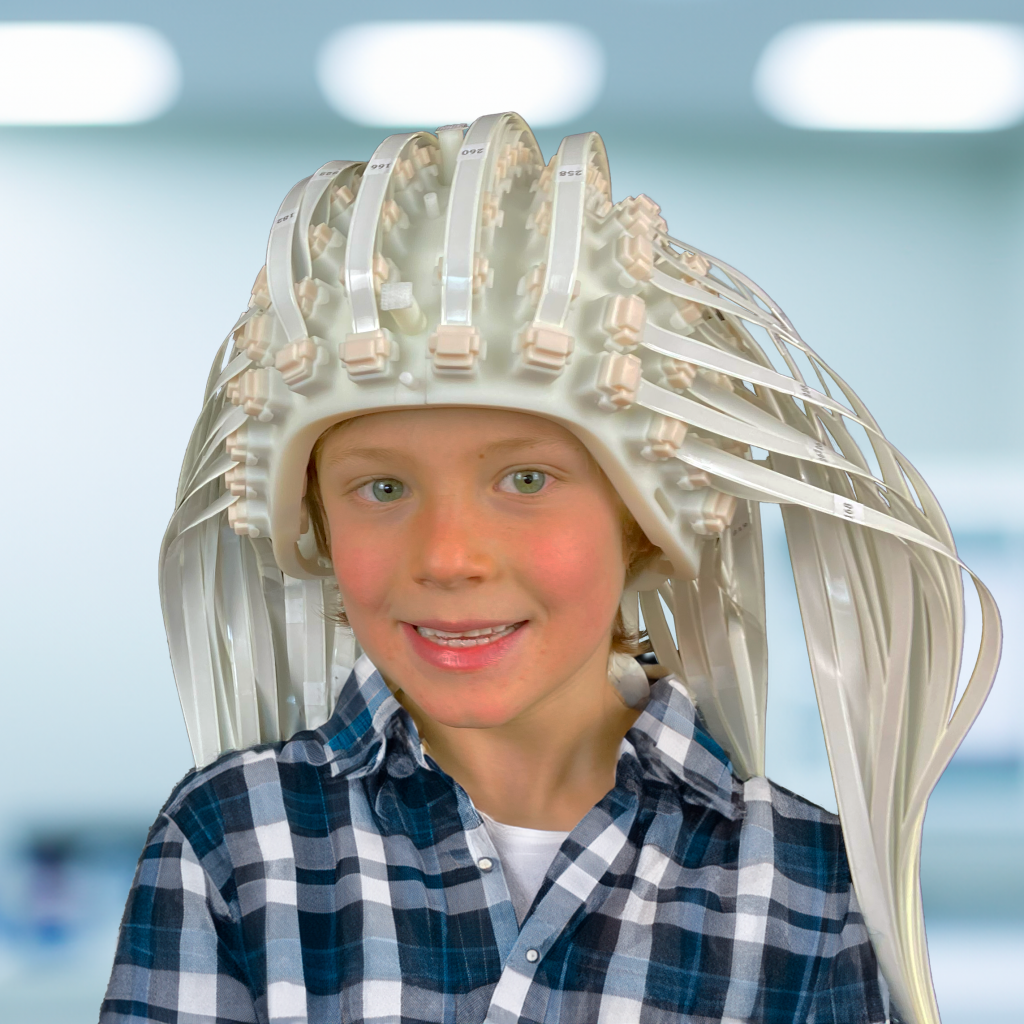

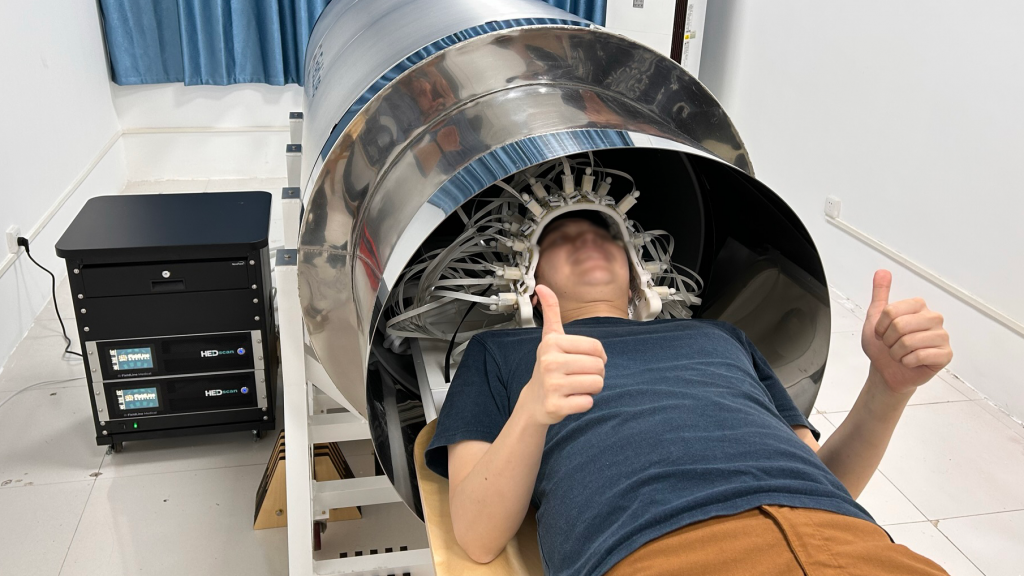


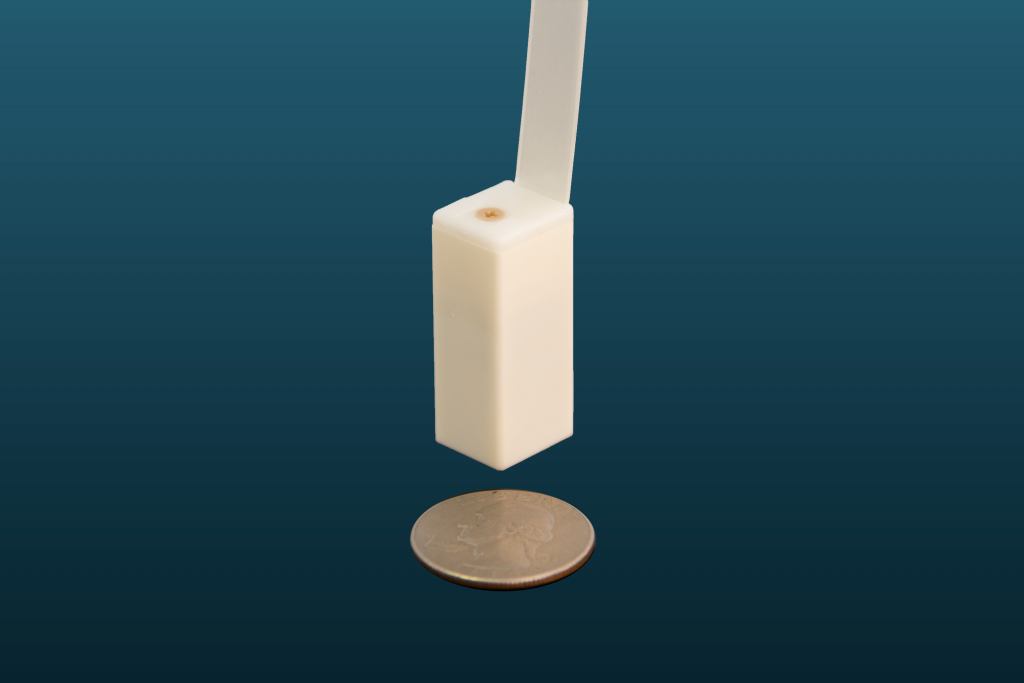


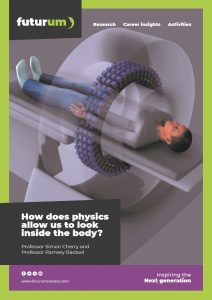
0 Comments